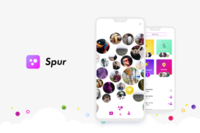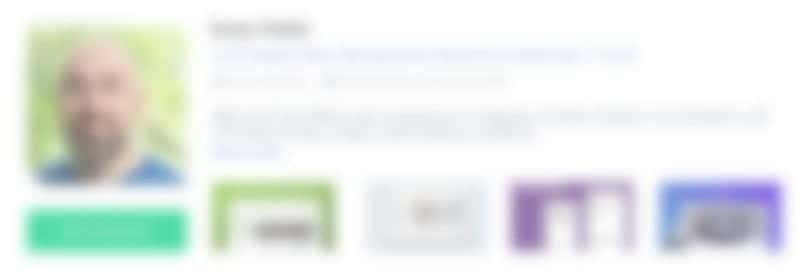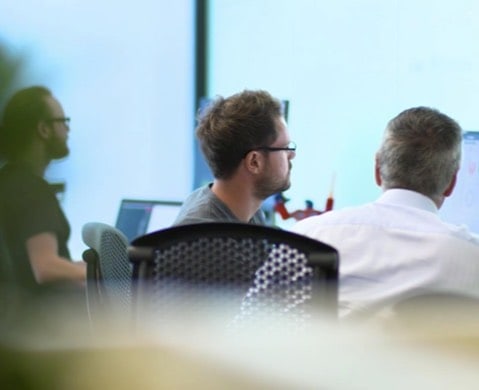Hire Freelance Digital Product Designers
Alejandro Velasco
Alejandro is a passionate designer—a former industrial designer turned digital over the years—taking advantage of his skills in user-centered designs and interests in technology and digital image rendering. He's been working in the user interface field for more than eight years—specializing in working with teams to create visual and interaction languages. Nowadays, he's helping startups build their identities through their interfaces.
Show MoreCaleb Barclay
Caleb is a seasoned product designer and strategist. He's worked with big brands like GoDaddy, Louis C.K., but also with dozens of startups with big ideas—creating lovable version number 1s. Caleb approaches product design as a practice of creating desirability, usefulness, and usability.
Show MoreThitaphat Sittisomsap
Thitaphat has over seven years of design experience working for various companies in various environments, including startups, B2B, and B2C. She has gained tremendous skills, including a better understanding of how design helps meet user needs and business goals and developing the ability to collaborate with technical and non-technical audiences.
Show MoreRaz Burciu
The digital world is crowded. Raz helps the makers of tomorrow win big in the experience economy by combining elements of design thinking, innovation, and UX strategy. With nine years of experience as a digital product designer, certified UX specialist, and design sprint facilitator, he helps businesses and startups innovate faster, take a user-centered approach to work, and achieve sustainable growth. Raz believes design is a strategic instrument that bridges user needs and business goals.
Show MoreRadmila Zelic Josimov
Radmila is a creative problem solver with 10+ years of experience. She focuses on developing projects from scratch and creating solutions that combine brand value, experience design, and storytelling to help companies acquire and delight customers. Radmila's clients range from small startups and nonprofits to large-scale companies such as Zillow, Samsung, Williams-Sonoma, and McKinsey & Company.
Show MoreGabriel Maldonado
Gabriel has an MBA in digital media management and spent a year overseeing the planning and execution of the first native mobile app for Sears Corporation. He specializes in UI/UX human-centered design solutions on internal and external platforms, offering maximum visibility and efficiency for clients. Gabriel also enhanced CareerBuilder's client platform based on extensive design research and UI/UX best practices.
Show MoreKasey Randall
Kasey has over twelve years of experience helping businesses and teams develop and launch impactful digital solutions and experiences. As a successful product designer, he blends user-centric processes with business objectives to deliver exceptional results across various platforms, services, and companies. With a keen eye for core experience and an intuitive sense of design and strategy, Kasey is a driving force behind many successful digital initiatives.
Show MoreJorge Juan Perales
Jorge Juan has more than a decade of experience designing successful products used by millions of users worldwide. He designs throughout the whole product lifecycle, from concept and MVP definition to prototypes and high-fidelity visuals. A creative, detail-oriented, and strategic thinker, he loves to work in fast-moving teams and create products that deliver great value to users while incorporating technical capabilities and business goals.
Show MoreDiscover More Digital Product Designers in the Toptal Network
Start Hiring































































